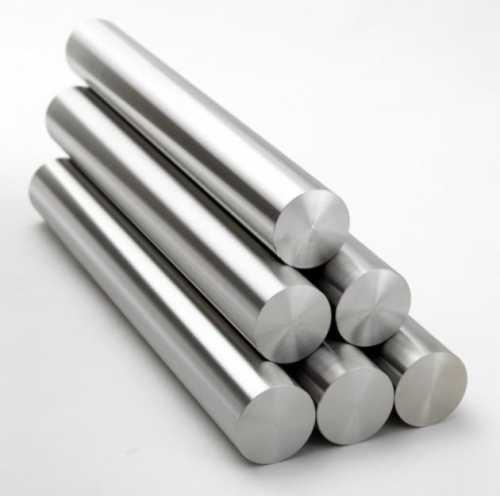Titanium is naturally a grey-silvery metal, but has the ability to be anodized in several colors as well as black diamond treated for a glossy durable black look.
Tungsten is a similar grey-silver colored metal-ceramic that can also sometimes be found treated with some black coatings for a shiny black look.
Gold is usually 'carated' mixed with other metals to add durability due to its natural softness. These other metals can alter the color of the gold to make softer yellows, whites-greys, pinks and other more recent colors.
Platinum is a whiter silver color than titanium.
Silver has a very white silvery look.
Durability (scratching,bending,breakage, and setting security)
Titanium is very resistant to bending, cracking and has good scratch resistance. Stone settings in titanium resist loosening very well. Titanium's high strength allows innovative and more delicate stone setting than traditional softer jewellery metals.
Tungsten, being actually a metal-ceramic, has very high hardness and brittleness. Its resistance to scratching is the best, but it comes at a cost of toughness. If hit or shocked hard enough, tungsten will actually break instead of flex, therefore destroying the ring. Tungsten does not allow stone settings other than a few added-on gold or silver settings.
Gold usually has good durability, but will wear down over the years. Scratches will reduce the brightness of its polish or other finishes quite quickly. Gold can bend if stressed moderately, but it will usually never crack unless very thinned by wear. Stone setting in gold cover a wide range of traditional designs, but is not strong enough for many creative new setting designs. Setting in gold can loosen over time.
Platinum resists wear due to its almost rubbery nature. It will lose its lustre with scratches, but the metal will remain intact better than gold or silver. Platinum will deform under moderate stress, but will almost never break. Settings in platinum have a better durability record than in gold or silver, but will still loosen over time more than titanium. Platinum is usually too soft to allow many new stone setting styles.
Silver is the most soft jewellery metal. It scratches very easily and can bend even with moderate wear, but is unlikely to break. Stone settings in silver are usually more bulky to add durability. Darkening from tarnishing oxidation can also be a problem.
Weight
Titanium is very light weight. Its light weight may even surprise some people. It has been described to "feel is if it is not even there".
Tungsten and platinum are the heaviest jeweller metals, while carat golds and silver are somewhat less heavy. The light weight of titanium has an added advantage of remaining stable and not rotating on the finger, therefore keeping the stone setting more often in sight and not needing regular readjustments to have the correct look.
Bio-compatibility
Titanium, even in its higher strength alloy form known as "aircraft-grade titanium" is perfectly biocompatible. Aircraft-grade titanium is commonly used for surgical implants and dental fittings than pure titanium, as it is more resistant. Titanium is the only known "foreign" material that living tissue will attach onto.
Platinum is the only other jewelry metal that is highly biocompatible. Tungsten, silver and carat golds have been know to cause allergic reactions in some people. Silver being probably the metal with the greatest occurrence of this trouble.


Leave a comment
Please note, comments must be approved before they are published